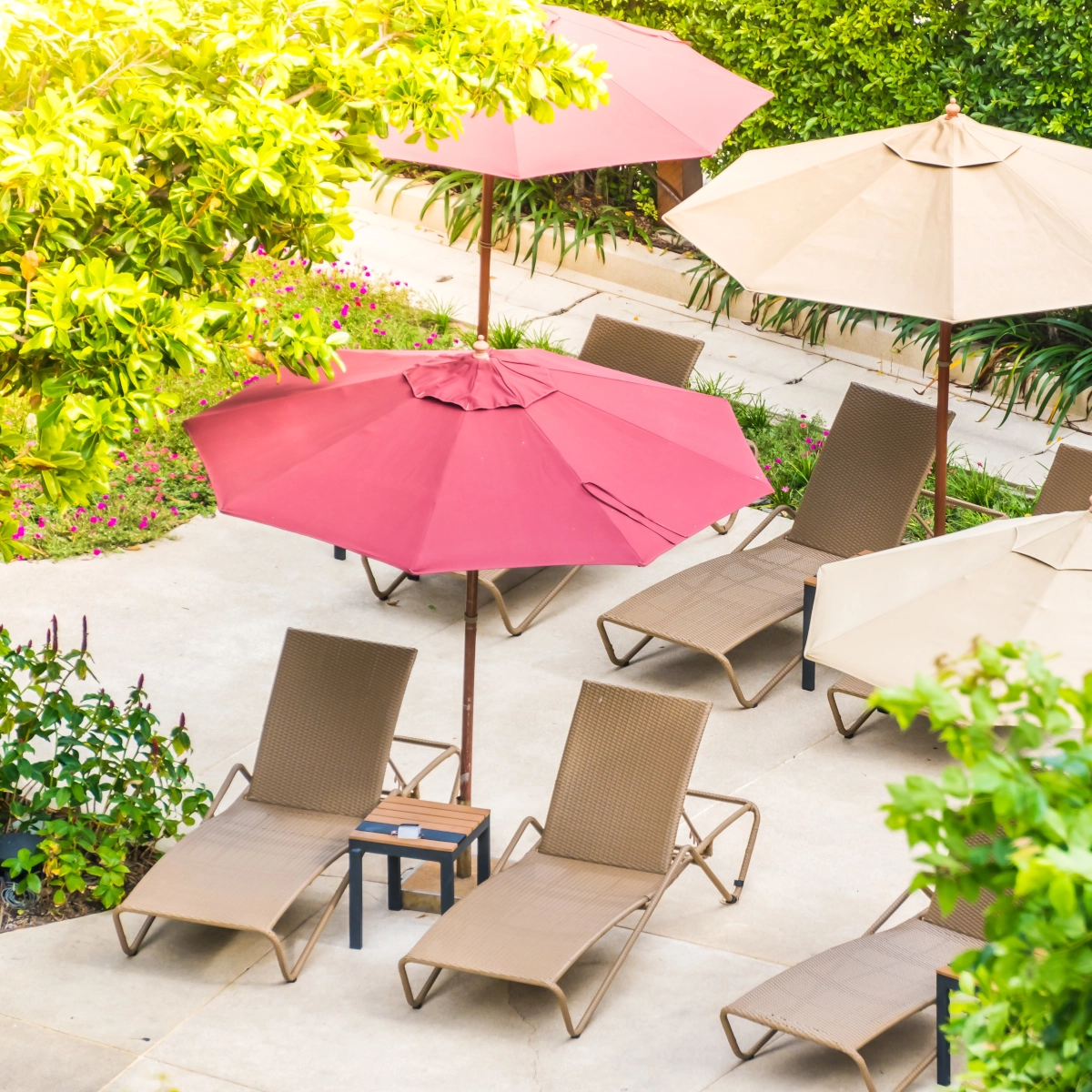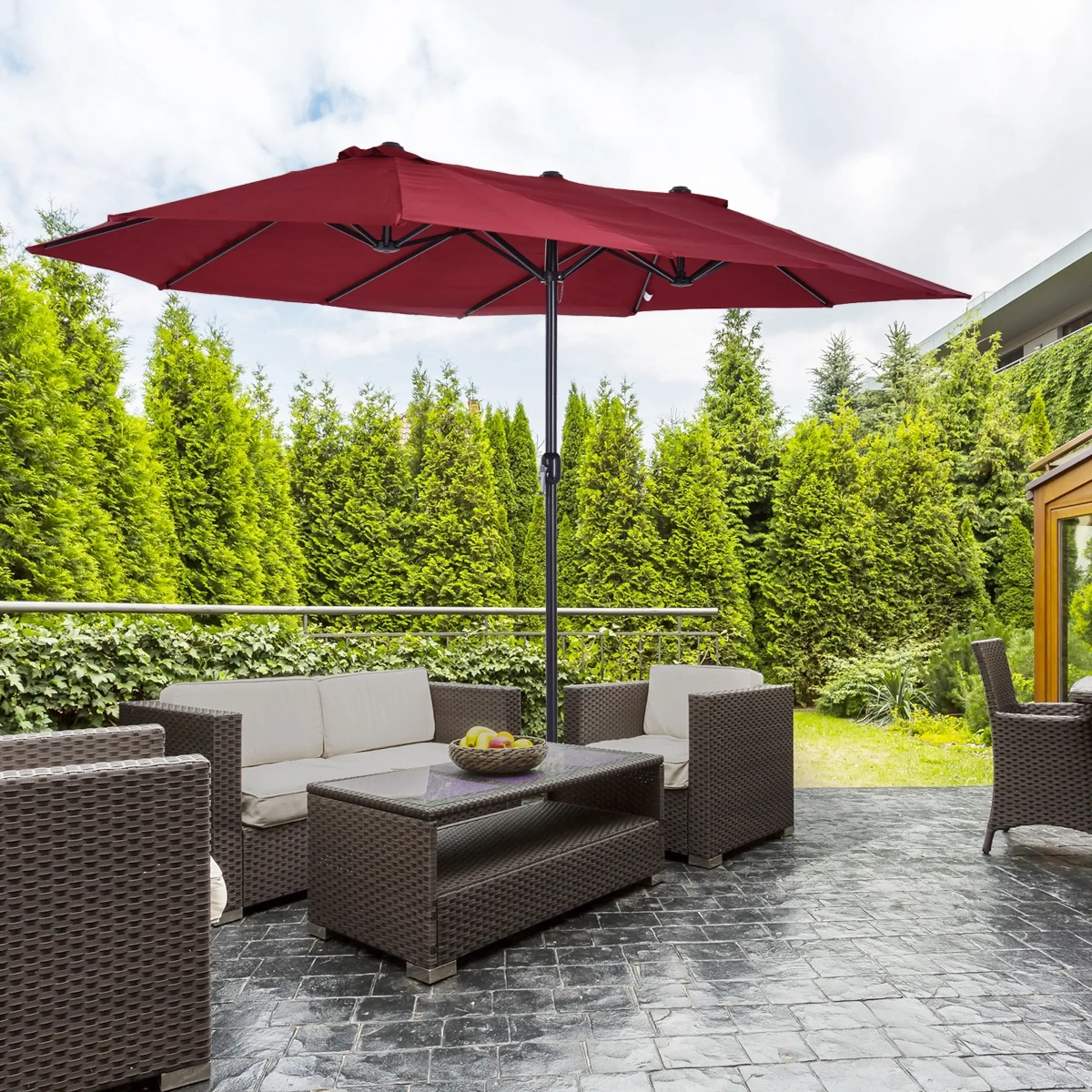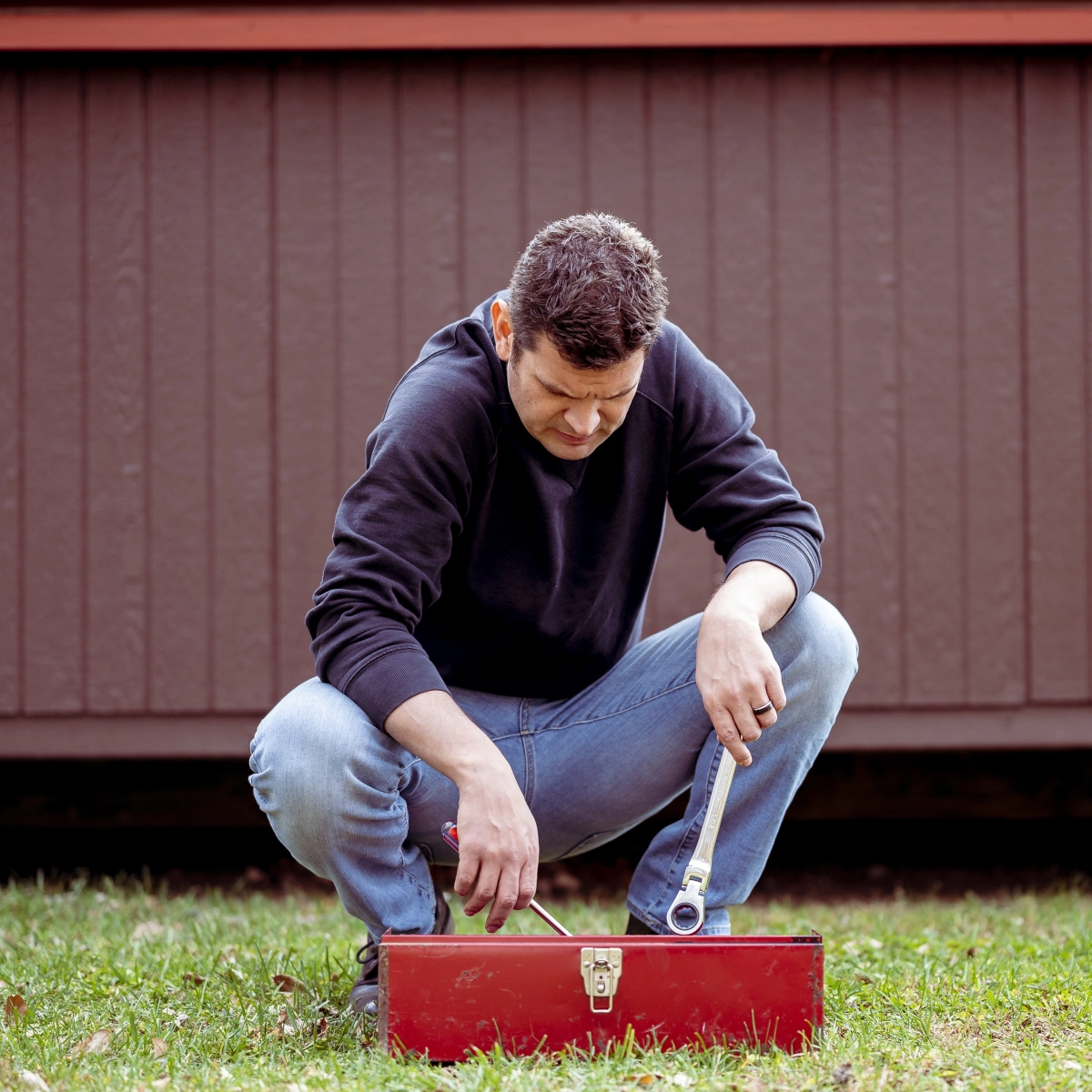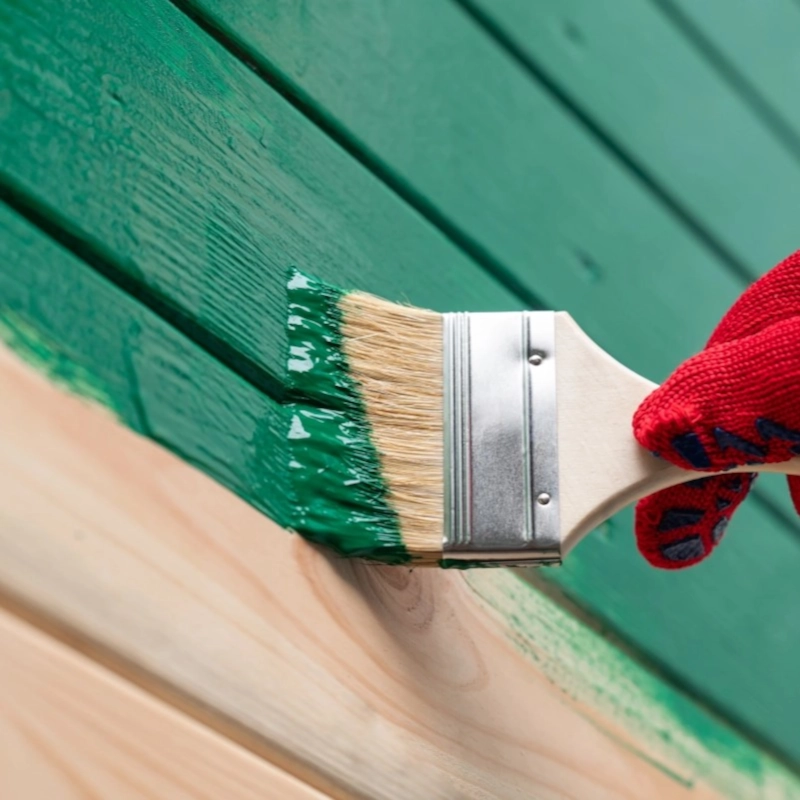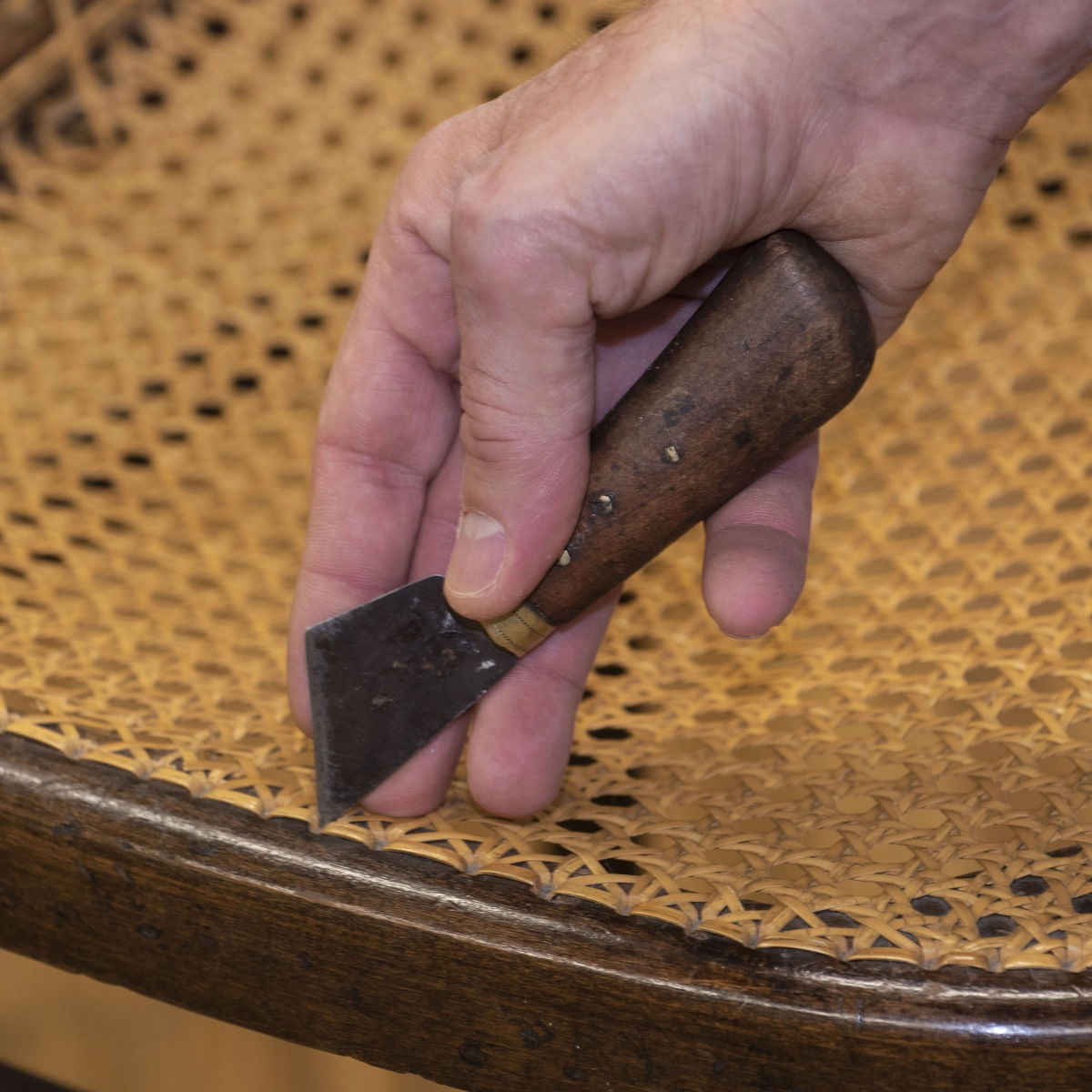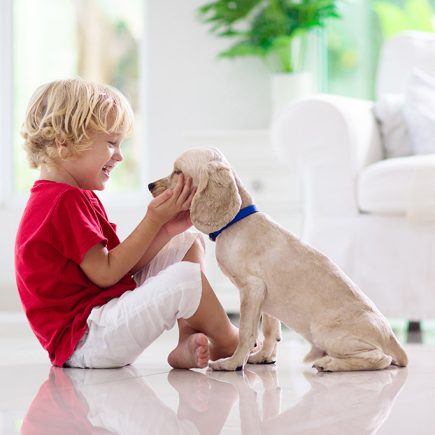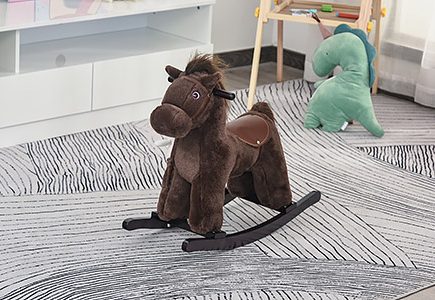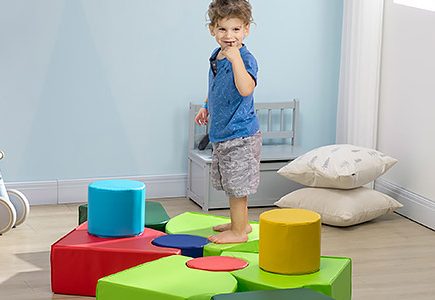There’s something magical about sitting around a fire pit, the warmth of the flames glowing against the dark sky and the crackling wood creating a soothing backdrop. But starting a fire in a fire pit doesn’t have to be intimidating. With the right preparation and techniques, you can confidently light a fire that burns strong and steady.
This guide provides a detailed step-by-step walkthrough of how to build and light a fire in your fire pit, along with expert tips and advanced techniques tailored to Canadian outdoor conditions.

Materials You’ll Need
An efficient fire begins with the right materials. Ensure you’re fully prepared by gathering the following:
Key Materials Checklist
- Firewood: Hardwoods (e.g., oak, maple) burn longer with less smoke. Avoid softwoods for extended burning.
- Tinder: Small, dry materials (e.g., dry grass or wood shavings) ignite easily.
- Kindling: Thin sticks or twigs support ignition and transfer heat to larger logs.
- Ignition Tools: Long matches, grill lighters, or a reliable fire starter.
- Eco-Friendly Fire Starters: Wax-coated tumbleweeds or resin-kindled fatwood.
| Material | Purpose | Examples |
| Tinder | Easy ignition foundation | Dry pine needles, newspaper |
| Kindling | Transmits flame to firewood | Dry spruce sticks |
| Hardwood Logs | Long-lasting heat | Birch, maple |
Before lighting a fire, store your wood and kindling in a dry, ventilated spot to ensure their readiness, especially in damp climates or winter conditions.

Step-by-Step Instructions to Start a Fire
This section makes up the heart of the guide, breaking down how to get your fire roaring in detailed, easy-to-follow steps. We’ll also cover alternate techniques you can try.
1. Preparing Your Fire Pit
Before lighting up:
- Clean the Area: Remove old ash and debris from prior use. Ash can block airflow.
- Choose the Right Spot: Position the pit in an open, cleared space with a level surface. Ensure at least 10 feet of clearance from flammable structures or trees.

Spend a few minutes double-checking local regulations before lighting your fire (many municipalities have seasonal restrictions or permit requirements).
Why Prep Matters: A clean base and open surroundings ensure maximum airflow and avoid fire hazards.
2. Building Your Fire
How you arrange your materials determines airflow and ignition success. Here are three tried-and-tested methods for building an effective fire:
a. The Teepee Method
- Place a small pile of tinder in the centre of your fire pit.
- Surround it with kindling sticks in a cone (teepee) shape, ensuring there’s space between pieces for airflow.
- Add small pieces of firewood, leaning inward toward the top (but don’t overcrowd).

The teepee method ensures a quick, bright fire. It’s ideal for shorter gatherings or when immediate heat is needed.
b. The Log Cabin Method
Lay two large firewood pieces parallel along the fire pit’s base.
- Place two similar logs on top but perpendicular to form a square frame.
- Add layers of smaller kindling and tinder inside the structure.
This method is great for longer burns, providing stability and slow-burning heat.

c. Top-Down Lighting
- Start with the largest logs at the base of your fire pit. Stack smaller logs and kindling in layers on top.
- Place tinder and fire starters at the very top and light them.
- The fire will burn downward, efficiently igniting the lower layers of wood naturally.
3. Igniting Your Fire
- Use long matches or a fire starter to light the tinder. If needed, add more kindling but ensure you leave airflow space.
- Light at several points to distribute heat evenly.
- Once the flames catch, slowly add more logs, one at a time, to build the intensity.

Common Fire Ignition Mistakes and How to Fix Them
| Mistake to Avoid | Solution |
| Overloading the fire | Add logs gradually to maintain airflow. |
| Using damp tinder/logs | Only use dry, seasoned firewood. |
| Poor ignition spot | Light tinder at multiple points for even burn. |
Pro Tip: Monitor your fire closely during the initial 5-10 minutes and adjust kindling or tinder to maintain steady flames.
4. Maintaining the Fire
Once your fire is burning, use these tips to maintain it:
Manage Airflow
Avoid smothering flames; rearrange logs for maximum oxygen circulation.
Add Logs Strategically
Place new logs diagonally or atop hot embers to allow gradual ignition.
Reduce Smoke
Use hardwoods for less smoke and better combustion.
Expert Advice: Fire pit tools such as pokers or heat-resistant gloves (available on Aosom) help you adjust wood safely and efficiently.
5. Extinguishing Your Fire Safely
Never leave a fire unattended or unextinguished! Follow these steps to put it out responsibly:
- Allow the fire to die down until only glowing coals remain.
- Spread out hot coals and pour sand or dirt over them. If water is your only option, pour slowly to avoid steam.
- Stir the ashes and ensure complete coolness before disposing of them.
Pro Tip: Avoid dousing glowing coals with excessive water; sudden cooling can damage your fire pit’s structure.
By following these steps, you ensure both a safe experience and a clean fire pit ready for its next use.
Tips for Canadian Weather Conditions
Canada’s diverse weather makes fire-starting a seasonal challenge. Here’s how to adapt:
- Cold Temperatures: Use smaller, dry kindling to generate heat quickly before adding larger logs.
- Rainy Conditions: Keep firewood dry with tarps or covered storage.
- Windy Nights: Shield the fire pit with wind screens; avoid lighting flames in gusty conditions.
| Season | What to Watch For | Pro Tip |
| Winter | Slower ignition in cold air | Stack logs higher for more warmth |
| Summer | Fire bans due to dryness | Check local restrictions before use |
Pro Tip: Many fire pits designed for Canadian winters retain heat better.
Knowing how to start a fire in a Fire Pit isn’t just about lighting a few logs, it’s about building a safe, steady flame that lasts. With the right setup, quality materials, and a bit of practice, you can enjoy a clean-burning fire that adds warmth and atmosphere to any outdoor setting. Whether you’re preparing for cool Canadian evenings or hosting friends in the backyard, these fire-starting steps will help you do it with confidence and care.
FAQs
1. Is kerosene good for starting fires?
No, kerosene is not safe for starting fires. It’s highly flammable and unpredictable, posing serious burn and explosion risks. Always use approved fire starters instead.
2. What is the best method for a fire pit?
The traditional bottom-up method is best: stack kindling like a Jenga tower, place a natural fire lighter in the center, add small logs on top, and light the fire lighter for a steady, controlled burn.
3. Do fire pits need holes?
No, holes aren’t strictly necessary. While base holes improve airflow for a faster burn, fire pits can function well without them, just with a slightly slower burn and longer-lasting fuel.

